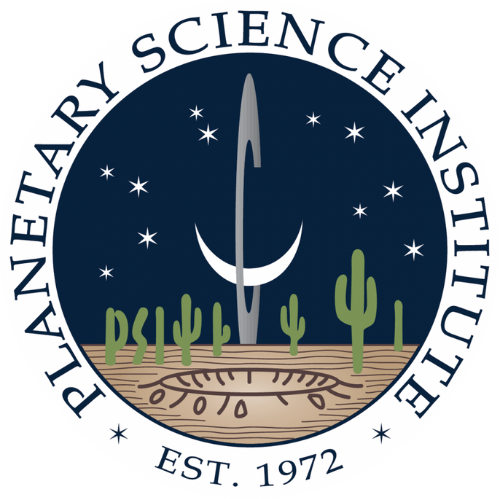Observations during a stellar occultation detected the presence of evolving material orbiting around Centaur (2060) Chiron, rather than a two- ring system interpretation, according to a paper by Planetary Science Institute Senior Scientist Amanda Sickafoose.
“We observed a star passing behind the Centaur Chiron from the 1.9-m telescope in Sutherland. We detected dips in the starlight as it was blocked by Chiron’s nucleus as well as by material located between 300 to 400 kilometers on either side,” said Sickafoose, lead author of the paper “Material Around the Centaur (2060) Chiron from the 2018 November 28 UT Stellar Occultation” that appears in The Planetary Science Journal.
“These data were used to rule out any substantial global atmosphere around Chiron. The locations and amounts of material that were detected around Chiron are different enough from previous observations to suggest that there is not a stable ring system but rather surrounding material that is currently evolving,” Sickafoose said.
An occultation is an event that occurs when one object is hidden from the observer by another object that passes between them. Stellar occultations have proven to be an effective method by which to measure the sizes and shapes of small bodies in the outer Solar System, as well as to discover and characterize planetary atmospheres and rings.
Centaurs are small Solar System bodies on chaotic orbits around the Sun between Jupiter and Neptune that cross the orbit of one or more of the planets. They are thought to have originated in the outer Solar System, and some Centaurs show cometary-like outgassing. The first small-body ring system detected in the Solar System was around the largest Centaur, (10199) Chariklo, in 2013. Chiron is the next largest of these objects, at approximately 200 km in diameter.
Her work was partly funded by National Science Foundation (NSF) Astronomy and Astrophysics Research Grant award number 2206306 and NASA grant 80NSSC21K0432 to the Planetary Science Institute.

